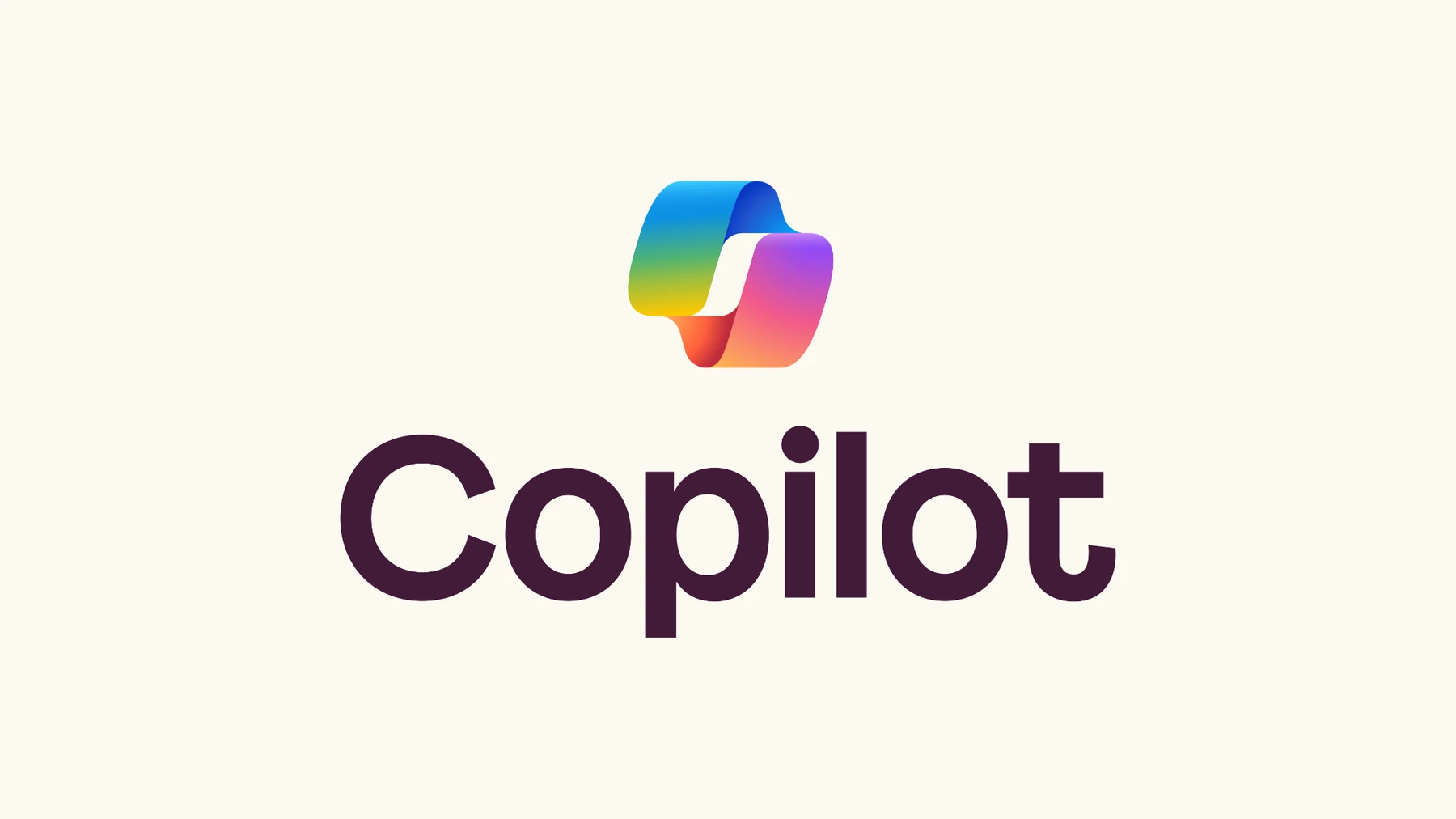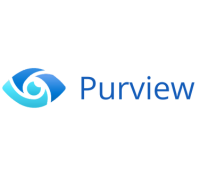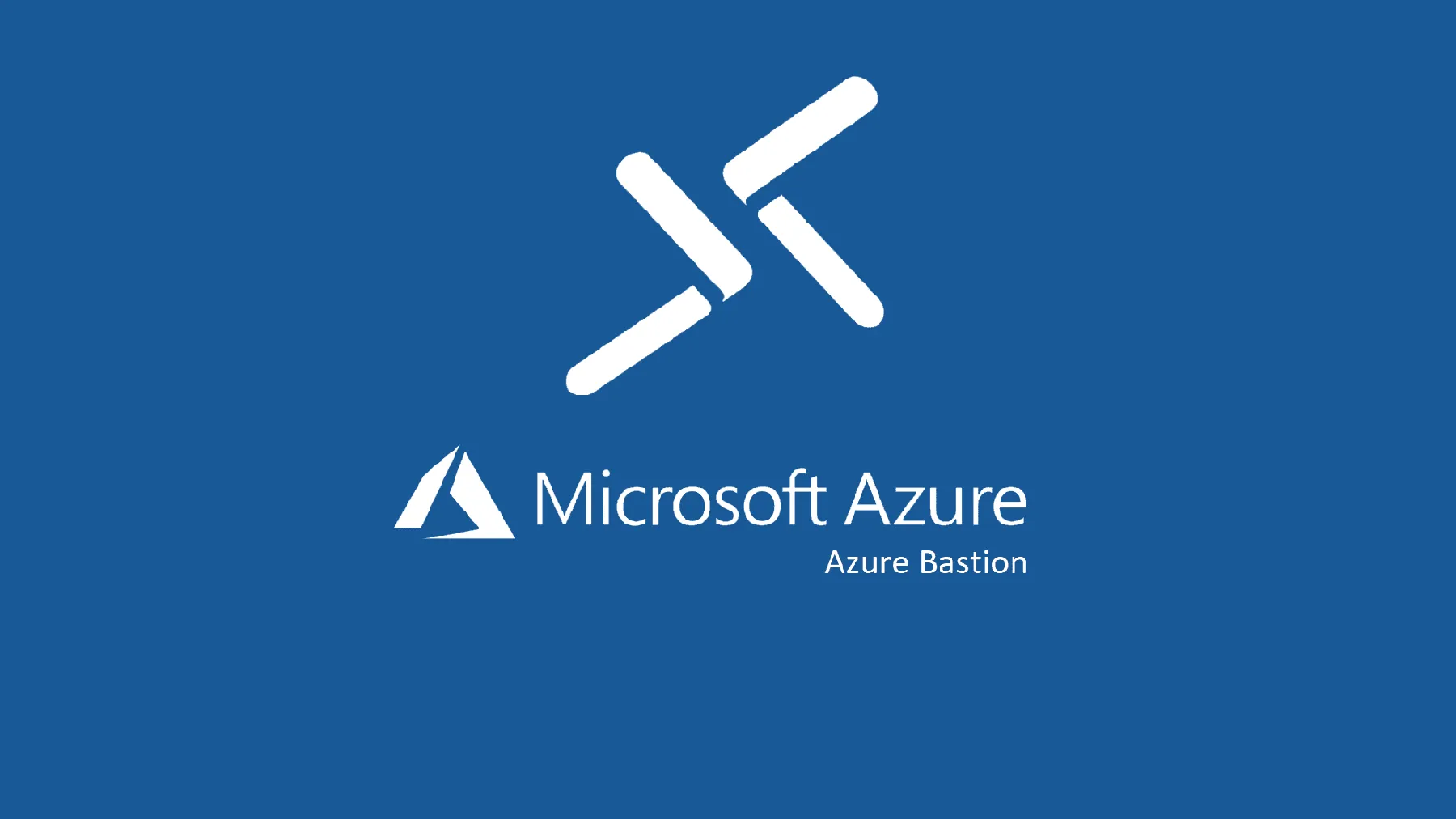Introduction :
Microsoft Copilot is set to become the most integrated AI assistant on the market in 2025, embedded directly in Word, Excel, PowerPoint, Outlook, Teams and the entire Microsoft 365 ecosystem. Unlike generalist chatbots, Copilot accesses your business data (emails, calendars, SharePoint documents, Teams conversations) to contextualize its responses and automate complex business tasks. The ambition: to save 30% of work time spent on repetitive tasks, according to Microsoft. The reality: a hard-to-measure ROI, chaotic adoption and an additional cost of €360/year per user that divides IT Departments. This analysis explores what Microsoft Copilot really is beyond marketing, how it works technically, the use cases where it excels, its glaring limitations and, above all, how to calculate whether the investment is worth it for your company. Because there's a world of difference between the promised AI miracle and the tool that requires 6 months of change management.
What is Microsoft Copilot and how does it really work?
Microsoft Copilot is not a single product, but an ecosystem of specialized AI assistants based on OpenAI's GPT-4 and GPT-4 Turbo models, adapted by Microsoft. Three major components:
Microsoft 365 Copilot: the premium assistant integrated into the office suite (€30/user/month in addition to the Microsoft 365 E3/E5 license). It leverages Microsoft Graph to access your corporate data: email history, OneDrive/SharePoint files, recorded Teams meetings, conversations, Planner tasks. Unlike ChatGPT, which responds on the basis of generic knowledge, Copilot "knows" that Jean validated the Q4 budget in the March 15 email, and can cross-reference this info with the Excel file modified yesterday.
Copilot Chat: free version integrated with Microsoft Entra ID accounts (formerly Azure AD). Secure web chat with corporate data protection, but no access to Microsoft 365 content (no searching in your emails or files). Useful for general tasks without exposing sensitive data. Deployed since August 2025 in Word, Excel, PowerPoint and OneNote on desktop/web/mobile.
Copilot Studio: no-code/low-code platform for creating customized AI agents. Since September 2025, all tools (workflows, connectors, advanced reasoning) are included in the Microsoft 365 Copilot license. Companies can develop specialized business assistants: HR chatbot that answers questions on leave policies, finance agent that reconciles invoices and purchase orders, support assistant that extracts technical logs.
Free business copilots: since October 2025, Copilot for Sales, Copilot for Service and Copilot for Finance have been integrated at no extra cost for licensed users. Direct connection to CRM (Dynamics 365, Salesforce), ERP, third-party systems. A salesperson generates a customer report from Teams, which is automatically synchronized in the CRM with future actions.
Technical architecture: Copilot does not send your complete documents to OpenAI. The system uses Semantic Indexing, which maps your Microsoft 365 data to identify relevant content. Only the necessary extracts are sent to the LLM with context. Responses are generated respecting user permissions: you only see what you could have seen manually. Data protection guaranteed by Commercial Data Protection: Microsoft does not store prompts and results to train its models.
Real use cases where Copilot delivers value
Writing and summarizing documents
In Word: transform a 3-line prompt into a structured 5-page draft (reports, sales proposals, briefing notes). Automatic rewriting to adjust tone (formal/informal), summarize a 50-page document in bullet points, translate while maintaining formatting.
Measured time savings: 40% on the creation of standard documents (procedures, templates, technical documentation). Please note: quality is highly dependent on the precision of the prompt. A vague brief produces generic content that requires 80% rewriting.
In PowerPoint: create a complete presentation from a Word document or a simple description. Copilot generates the structure, writes the content slide by slide, and suggests visuals (via Designer). Automatically rearrange slides, summarize a 60-slide presentation in 10 key points.
Limitation: the design can still be improved. Automatically generated slides often require manual visual adjustment. Not ideal for high-stakes customer presentations where branding is critical.
Email processing and meeting management
In Outlook: summarize a 47-message email thread in 5 lines with key decisions and actions to be taken. Generate personalized responses based on your correspondence history. Automatically prioritize inbox according to contextual importance (not just manual flags).
Sales ROI: a sales manager saves 7 hours/week according to the Work Trend Index 2024 study. Less time wasted sorting through 250 daily emails, more time on critical deals.
In Teams: automatic transcription of meetings with identification of speakers. Generation of structured minutes: participants, decisions, actions, points of disagreement. Live Q&A during calls: "Copilot, what is the approved budget for this project?" without interrupting the meeting.
Star use case: onboarding new employees. "Summarize the last 15 Alpha project meetings to understand the history in 10 minutes instead of 3 weeks.
Excel data analysis and automation
In Excel: query your data in natural language without formulas. "What is the average sales per region over Q3-Q4?" → Copilot generates the pivot table, the SUM.SI.ENS formulas, the graph. Identify anomalies: "Show me the lines where the unit price exceeds 15% of the average". Automated variance analysis with explanation of deviations.
Productivity: a management controller cuts monthly reporting preparation time by a factor of 3. But beware: Copilot in Excel is still in preview (October 2025) and does not manage complex VBA macros or files exceeding 100,000 lines.
Critical Excel limitation: Copilot does not replace a data analyst. For advanced statistical analysis (regression, clustering, forecasting) or complex data cleansing, Python/R remains indispensable. AI helps with the 80% of simple tasks, not the 20% with high added value.
Software development with GitHub Copilot
Separate product (€10/month) but integrated part of the ecosystem. Intelligent code autocompletion in VS Code, Visual Studio, JetBrains. Suggests complete functions from a comment, explains incomprehensible legacy code, generates unit tests.
Developer productivity: +35% of code written, according to the GitHub study (2024). Controversies: variable quality of generated code (subtle bugs, potential security flaws), risk of dependence on AI that erodes fundamental skills.
Real pricing and ROI calculation: beyond €30/month
2025 pricing structure
Copilot Chat: free for all Microsoft Entra ID users with eligible Microsoft 365 license. Limitations: 60 credits/month (1 credit = 1 interaction), no access to M365 data.
Microsoft 365 Copilot: €30/user/month (approx. €360/year). Prerequisite: Microsoft 365 E3 (€23/month), E5 (€38/month) or Business Standard/Premium license. Actual total cost: €53-68/user/month depending on basic license.
Copilot Pro: €22/month for individuals. Access to Copilot in personal Microsoft 365 apps (non-professional), Designer with 100 boosts/day, priority access to templates during peaks.
Temporary promotion: until December 31, 2025, 20% discount on licenses via CSPs (Cloud Solution Providers). 24/month instead of €30.
Hidden costs rarely mentioned
Up-skilling: train users to prompt properly = 2-3 days per person. A poorly written prompt produces 80% waste. Training budget: €500-1000/user in year 1.
Governance and security: audit Microsoft 365 permissions before deployment. Copilot exposes weaknesses: over-shared sensitive files, obsolete permissions. Compliance project: €20-50k depending on company size.
Change management: 30% of purchased licenses are not used after 6 months (source: Rencore 2025 study). Without executive sponsorship and internal champions, adoption fails. Opportunity cost: €216/year/unused license.
Network connectivity: bandwidth consumption increased by 15-25% (constant API requests). May require network upgrade in undersized offices.
Pragmatic ROI calculation
Example company 200 users:
- Annual investment: 200 x €360 = €72,000
- Training and change management: €30,000
- Data governance: €25,000
- Total Year 1: €127,000
Measurable gains (conservative assumption) :
- 5h/week saved per user on repetitive tasks
- Average hourly cost: €45
- 200 users x 5h x €45 x 47 weeks = €2,115,000 theoretical
Gross ROI: (2,115,000 - 127,000) / 127,000 = 1565% → unrealistic. The problem: "hours saved" don't translate into immediate value. A sales rep who earns 7h/week doesn't close 7h of extra deals. The average employee fills the time saved with other tasks.
Realistic ROI: 10-15% of time saved is converted into measurable value (strategic projects, quality improvement, innovation). Real savings: €210k/year. Payback: 7-8 months.
Cas où le ROI est négatif : entreprises <50 personnes (coûts fixes de gouvernance trop élevés), équipes créatives (Copilot bridé sur les tâches originales), secteurs ultra-réglementés où la validation humaine reste obligatoire sur tout output IA.
Copilot vs ChatGPT: battle of the titans in professional AI
Fundamental differences
Source data:
- ChatGPT: public Internet + manually uploaded documents. No access to your corporate systems.
- Copilot: Microsoft Graph (email, calendars, SharePoint, Teams) + Internet. Automatic business context.
Safety and compliance:
- ChatGPT Enterprise: OpenAI hosting, SOC 2 compliance, tenant isolation. No visibility of physical data location.
- Copilot: Microsoft Azure infrastructure, choice of storage region, native RGPD/HIPAA/ISO 27001 compliance. Data stays with you.
Comparative pricing:
- ChatGPT Plus: €20/month (individual), no M365 integration
- ChatGPT Team: €25/user/month, collaboration, no access to corporate data
- ChatGPT Enterprise: price on request (estimate €50-60/user/month), API integration possible
- Copilot: €30/month but requires M365 E3/E5 = €53-68/month all-inclusive
When to choose ChatGPT
Creativity and flexibility: ChatGPT excels at open-ended tasks (brainstorming, storytelling, marketing content generation). More varied, less corporate responses than Copilot.
Technology independence: no need for Microsoft 365. Perfect for Google Workspace or mixed companies.
Custom GPTs: creation of specialized wizards with standing instructions and knowledge files. An "HR Policy" GPT, fed by internal documents, responds better than a generic Copilot.
Advanced multimodality: integrated DALL-E 3 image generation, real-time voice mode (Advanced Voice). Copilot is catching up, but still lags behind.
When to choose Copilot
Intensive Microsoft 365 users: if your day is spent in Outlook, Teams, SharePoint, Copilot's native integration eliminates friction. No copying and pasting between apps.
Structured business use cases: Excel analysis, Teams meeting synthesis, multi-criteria email search. Copilot is trained for these professional workflows.
Security and governance: large companies with strict regulatory constraints. Copilot respects existing permissions, auditable, data localization controlled.
Low-code custom agents: Copilot Studio outperforms Custom GPTs when it comes to integration with third-party systems (ERP, CRM, databases). Complex automated workflows without development.
The pragmatic verdict
There is no absolute winner. 70% of companies adopt both:
- ChatGPT for creative teams (marketing, communications, R&D) and exploratory tasks.
- Copilot for support functions (finance, HR, ops) and intensive M365 users.
Worst-case scenario: buy Copilot without defining any use cases, leave it to the users. Result: 15% adoption, frustration, negative ROI.
Limitations, frustrations and what Microsoft doesn't say
Uneven performance across apps
Excel: still in preview in October 2025. Frequent bugs on complex files, matrix formulas not managed, slowness on large volumes. Promise vs. reality = significant gap.
PowerPoint: generic design, bland corporate templates. For a strategic customer presentation, manual work remains indispensable.
Teams: brilliant transcription in English, mediocre in French (regional accents poorly recognized, typos in abstracts). No reliable distinction between homonyms.
Hallucinations and factual errors
Copilot invents references, quotes non-existent emails, fabricates plausible but false figures. The problem is compounded when the source data is ambiguous or contradictory.
Golden rule: always check outputs on critical subjects (finance, legal, compliance). Copilot is an assistant, not a replacement for human judgment.
Cultural adoption problem
Resistance to change: "AI is going to replace my job" → psychological block. Insufficient technical training without support for legitimate fear.
Prompt quality: 80% of users prompts poorly = disappointing results. "Do me a sales trick" produces unusable generics. Requires a learning curve that companies underestimate.
Cognitive overload: some users report more fatigue. Reviewing/correcting Copilot outputs requires as much mental concentration as doing it yourself, without the satisfaction of creation.
Technological dependence and lock-in
The more you invest in Copilot Studio (custom agents, workflows), the more you're locked into the Microsoft ecosystem. Complex and costly future migration.
If Microsoft raises prices by 50% in 3 years' time (precedent: 46% increase on M365 Family in 2025), you have no negotiating leverage once you're dependent.
Energy consumption and environmental impact
Each Copilot query consumes 10x more energy than a standard Google search. For 1000 active users (100 queries/day), estimated carbon footprint: +15 tons CO2/year. Rarely mentioned in sales presentations.
Successful deployment: checklist of mistakes to avoid
Technical prerequisites often overlooked
Microsoft 365 permissions audit: identify over-shared sensitive files ("Everyone" in SharePoint). Copilot exposes these weaknesses. Clean-up required before activation.
Data quality: if your SharePoint is a graveyard of obsolete documents, Copilot will recommend 2018 procedures. Garbage in, garbage out.
Network bandwidth: check that desktops can handle the increase in API traffic. Network latency = Copilot slowdowns.
Appropriate licenses: Microsoft 365 E3/E5 minimum. Business Basic/Standard licenses are not compatible with Copilot (October 2025).
Phased deployment strategy
Phase 1 - Pilot (1-2 months): 20-30 volunteer early adopters, various profiles (managers, assistants, analysts). Measure actual usage, gather qualitative feedback.
Phase 2 - Champions (2-3 months): train 1 champion per department (ratio 1:20). Create a library of reusable business prompts. Document quick wins.
Phase 3 - Mass deployment (3-6 months): rollout in waves of 50-100 users. Mandatory 2-hour training. Reactive internal support (hotline, FAQ, support teams).
Phase 4 - Ongoing optimization: analyze monthly usage, identify unused licenses (reallocation), create Copilot Studio agents for recurring business cases.
KPIs to track
Adoption: % active users (at least 5 interactions/week), monthly evolution, abandonment rate at 30/60/90 days.
Productivity: self-reported time saved (quarterly survey), number of tasks automated per Copilot Studio agent.
Quality: output error rate, number of manual corrections required.
Satisfaction: quarterly NPS (Net Promoter Score), structured qualitative feedback.
ROI: total cost vs. measurable gains (incremental revenues, avoided costs, hours redeployed on strategic projects).
Without these metrics, it would be impossible to justify license renewal the following year.
Conclusion: Copilot, a strategic investment or a risky bet?
Microsoft Copilot is neither the miracle revolution sold by salespeople, nor a useless gadget as skeptics claim. It's a powerful but demanding tool that delivers real value under strict conditions:
Conditions for success:
- Mature, well-governed Microsoft 365 ecosystem
- Precise use cases identified before purchase (no vague exploration)
- Investment in training and change management = 50% of minimum license budget
- Executive sponsorship with measurable objectives
- Corporate culture open to AI (no political/union blockages)
For whom Copilot is a good investment:
- Companies 200-5000 employees strongly Microsoft 365
- Highly administrative support functions (finance, HR, legal, ops)
- Sales teams with Dynamics 365 CRM or Salesforce
- Mature data governance organizations
For whom to wait or avoid:
- PME <50 personnes (coûts fixes trop élevés, alternatives plus simples)
- Google Workspace native companies (integration friction)
- Ultra-regulated sectors where human validation is mandatory (pharmaceuticals, defense)
- Organizations with unstructured data (SharePoint chaos, disorganized emails)
The fatal error: deploying Copilot because "everyone else is doing it" without a clear strategy. You'll burn €100k/year for a 20% adoption rate and an invisible ROI.
The winning bet: start small (30 pilot users), measure rigorously (objective KPIs), industrialize only use cases with proven ROI. Accept that 40% of initial licenses may not be renewed once the real target audiences have been identified.
Copilot isn't AI for everyone, it's AI for those who know exactly what they want to automate and are prepared to invest in the organizational transformation that goes with it. Everything else is wishful thinking.
Recommended next steps:
- Map 10 time-consuming repetitive tasks in your company
- Test Copilot Chat free for 1 month on these tasks
- Calculate the full real cost (licenses + training + governance)
- Launch a 60-day pilot with 20 users and quantitative measurements
- Decide on data: scaling, adjustment or abandonment
Generative AI transforms work, but transformation requires rigor, not blind faith.
.svg)






.svg)